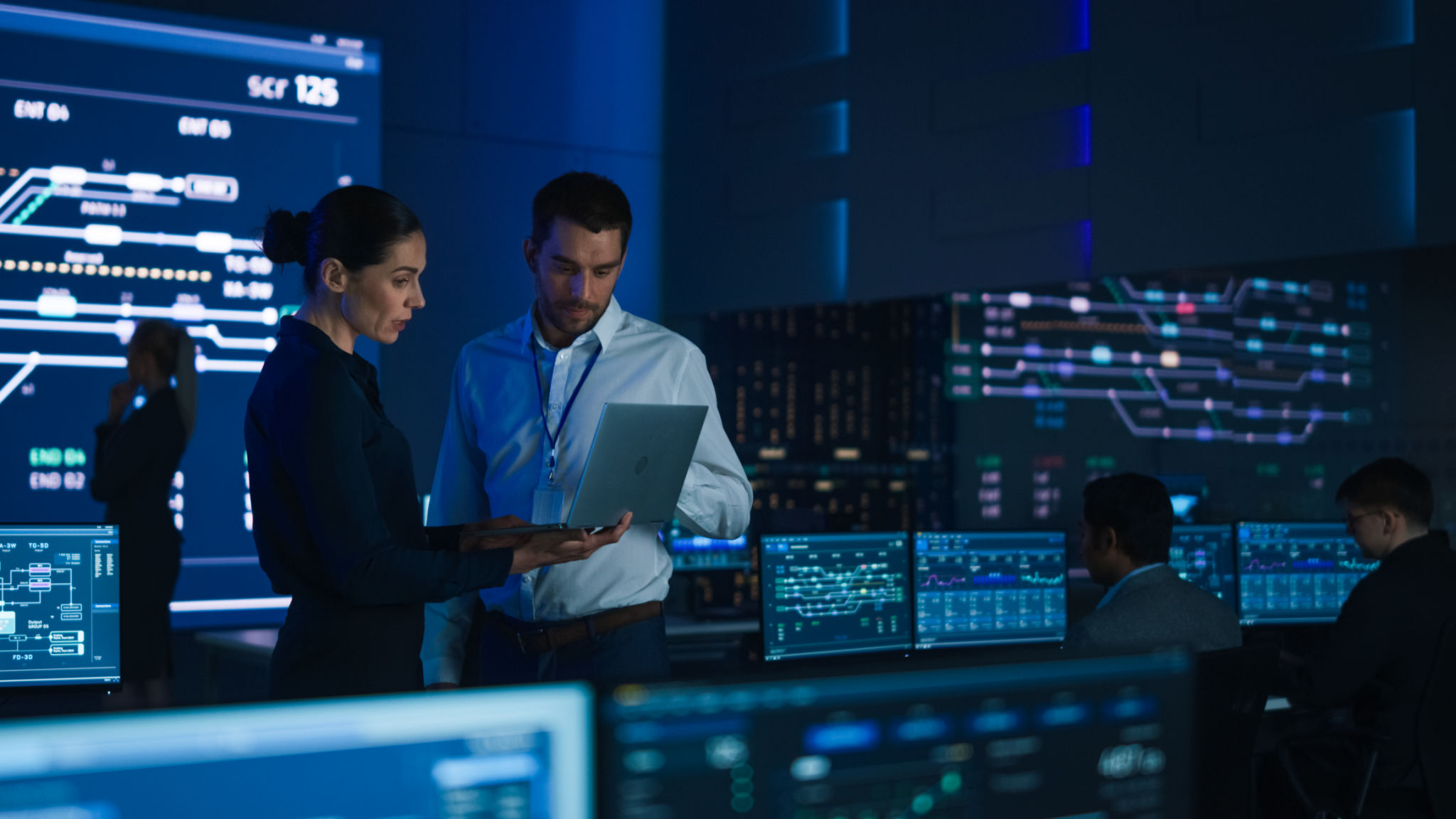Understanding the Latest Trends in Real-Time Surveillance Monitoring
Introduction to Real-Time Surveillance Monitoring
In recent years, the landscape of surveillance monitoring has evolved significantly, driven by advancements in technology and the increasing need for enhanced security measures. Real-time surveillance monitoring has become a critical component for businesses, governments, and even private individuals seeking to protect their assets and ensure safety. Understanding the latest trends in this field is essential for anyone looking to implement or upgrade their surveillance systems.

The Shift Towards AI-Powered Surveillance
One of the most significant trends in real-time surveillance monitoring is the integration of artificial intelligence (AI). AI-powered systems can analyze vast amounts of video data efficiently, identifying patterns and anomalies that human operators might miss. This technology enables quicker responses to potential threats and reduces the likelihood of human error.
AI-driven surveillance systems are capable of performing tasks such as facial recognition, behavior analysis, and even predicting potential security breaches. By leveraging machine learning algorithms, these systems continuously improve their accuracy and effectiveness, adapting to new threats as they emerge.
Cloud-Based Surveillance Solutions
The adoption of cloud-based solutions is another trend gaining momentum in the surveillance industry. Cloud technology allows organizations to store and access surveillance data from anywhere, providing greater flexibility and scalability. This approach also reduces the need for extensive on-premises hardware, lowering costs and simplifying maintenance.
Furthermore, cloud-based surveillance systems offer enhanced data security through encryption and regular updates, ensuring that sensitive information remains protected against cyber threats. This capability is particularly important as the volume of data generated by surveillance systems continues to grow.

Integration with IoT Devices
The Internet of Things (IoT) is increasingly being integrated into real-time surveillance monitoring systems. IoT devices, such as smart cameras and sensors, can communicate with each other and central monitoring platforms, providing a comprehensive view of a monitored area. This interconnectedness enables faster detection of unusual activities and more efficient incident management.
For example, in a smart city environment, IoT-enabled surveillance systems can help manage traffic flow, monitor public spaces for safety, and even assist in emergency response efforts. By leveraging IoT technology, surveillance systems become more proactive and capable of addressing complex security challenges.
Enhanced Video Analytics
Video analytics have seen remarkable advancements, allowing for more sophisticated real-time data processing. Modern surveillance systems can now perform detailed video analysis, such as license plate recognition, people counting, and even emotion detection. These capabilities provide valuable insights that go beyond simple security measures.

Businesses can use video analytics to optimize operations, improve customer experiences, and enhance overall safety. For instance, retailers can analyze foot traffic patterns to optimize store layouts, while airports can use crowd analysis to improve passenger flow and reduce wait times.
Conclusion: Keeping Pace with Technological Advancements
The field of real-time surveillance monitoring is rapidly evolving, driven by technological advancements that enhance security and efficiency. From AI-powered systems to cloud-based solutions and IoT integration, these trends are reshaping how organizations approach surveillance. Staying informed about these developments is crucial for anyone involved in security management, ensuring that they can effectively protect their assets in an increasingly complex world.
